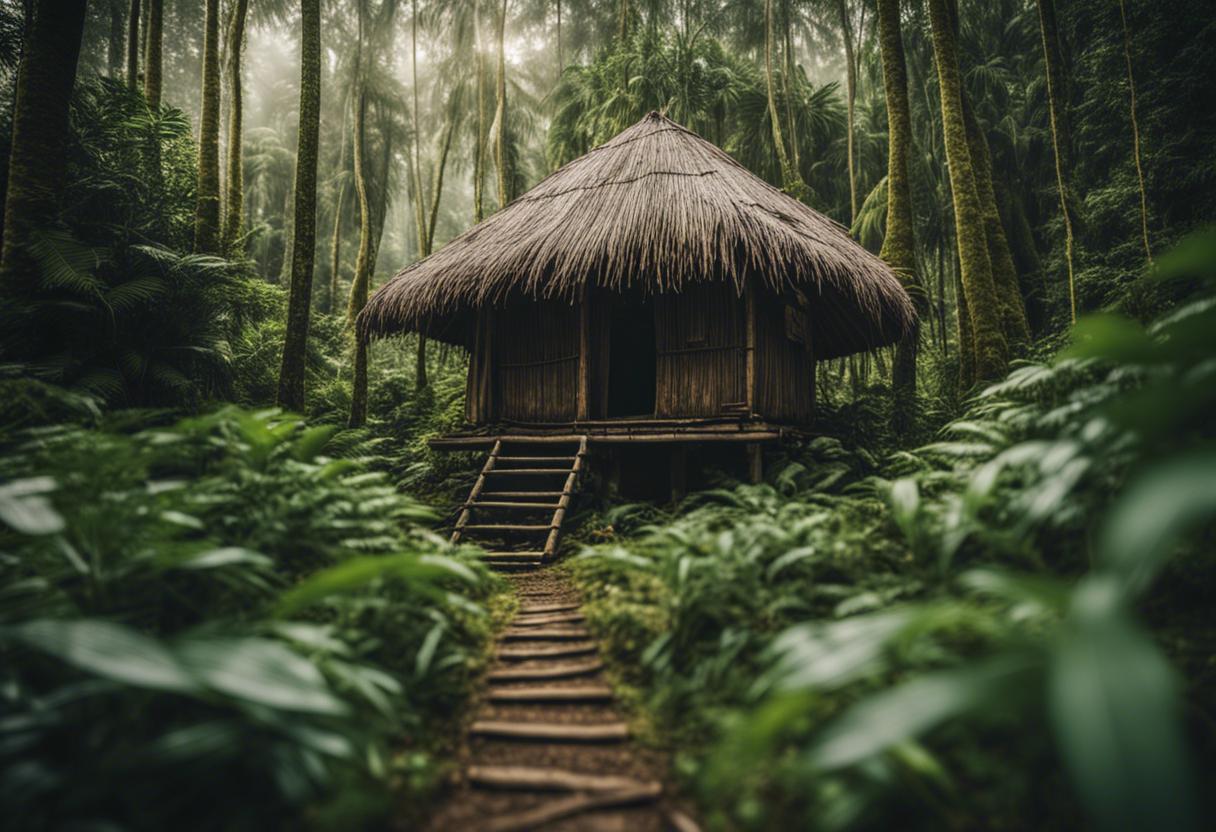In times gone by, when the Republican football team was somewhat lacking in star quality, it was known to delve into the family trees of international footballers, hunting for an Irish descendant who might just kick a ball their way. The exhaustive search unfailingly unearthed a myriad of talented players, some of whom struggled to locate Ireland on a map despite their hasty heritage claim.
Presently however, the FAI has further amplified this tactic. Evidently, no fraction of Irish lineage was detected in Jack Mac Charltúin’s varied genealogy or Joe Von Trappatónaí’s inherent expressions. Yet, they now proudly boast a trout!
Undoubtedly, given a substantial bribe and sufficient motivation, one could probably excavate an Irish relation for Heimir Hallgrímsson. Would that substantiate his claim to manage, cushion the team’s deficiencies, or fill the gaping void within the game itself, is anyone’s guess.
Iceland, it bears mentioning, is geographically remote from Ireland, and yet it was initially colonised by Irish monks. These recluses alighted on its shores well before any Viking, attracted by the unforgiving northern terrains which were highly prized amongst those who balked at the relative luxury of Skellig Michael. Iceland’s harsh environment was perceived as favourable over the mild conditions in Skellig.
Interestingly, ‘Papar’ persists in the Icelandic dialect, derived from ancient Irish ‘popa’, denoting ‘father’ or ‘master.’ This term has morphed into the monikers of numerous Icelandic islands and is heard in the Scottish Hebrides, with Pabaigh being a prime example. Historically, it’s assumed these monks lived without the company of women, but no investigative work has been conducted into these allegations yet. Perhaps this intriguing curiosity will soon draw the attention of a budding TV journalist seeking to make their mark.
Surprisingly, two-thirds of Icelandic individuals have genetic links to Irish or Scottish ancestry. This lineage is thought to most likely originate from female slaves taken from these lands by the Vikings, irrespective of any historical records made by monks on stone or beach landmarks. In the medieval period, Dublin served as a significant hub for human trade, enabling organisations to profit significantly by abstaining from renting out residential properties and instead selling them at steep prices.
This Gaelic influence is still apparent in various common Icelandic names. Examples such as Njiáll (Niall) and Oskar (Oscar) prominently highlight their Gaelic roots and their appreciative knowledge of folklore and engaging narratives.
However, many other names hold these influences: Inga, a girl’s name, originates from Ionga, a child who gives herself that name. Fada, another girl’s name, draws from the fact that the child was born with a long body. Finnur, a masculine name, derives from Fionn Úr, particularly used when a family member named Fionn passes away. There’s also the name Bardi, supposedly from the term for a talisman, but the idea of a child with a beard, as suggested in the Dubliners’ “Seven Drunken Nights,” makes it believable that it’s more likely derived from the word ‘ward’, since parents often wish their child to grow into a poet rather than a criminal or economist.
Finally, it seems that Heimir Hallgrímsson, carrying these rich histories, is returning home. His homecoming is expected to be as reminiscent of his time spent in Aviva on a rainy night as it is of a frigid one in Langardsvollur.

